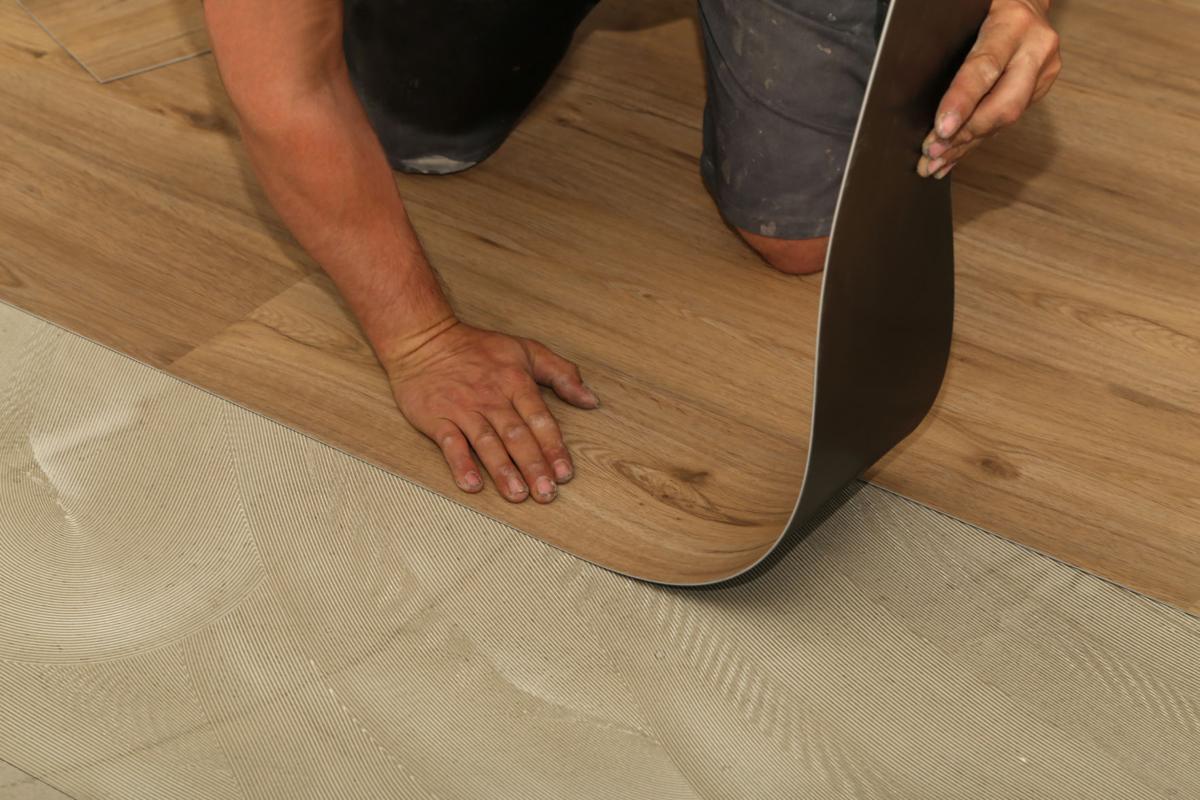A recurring theme at builder and consumer home shows is the homeowners’ desire for sustainable homes with healthy home features and streamlined digital connectivity. The classic principles of “reduce, reuse, recycle,” continue to be incorporated in the design of the home, its features and amenities.
Question: We are considering downsizing from a 2,500 square foot house. How much will we save in utilities?
Answer: Heating and cooling is one of the largest costs and energy usage homeowners face. No matter how well they’re insulated, large houses take a lot of energy to heat and cool. If you are building a new house, consider downsizing.
A smaller house will reduce the number of materials and the builder will be able to complete the project faster and with less natural resources.
Rosie-certified partner, Chauncey Meyer of J. Chauncey Meyer Architects Inc., notes that in terms of sustainability, his clients seek efficiency in their home’s design.
“All the things that are solutions for sustainability include the use of less gas, water, and electricity in the building’s design so they are efficient. Using less products reduces the impact of waste on society.”
Meyer also noted that the direction the home faces has an environmental impact.
For example, west-facing windows that allow a lot of sunshine to enter can make the home heat up, thus requiring more air conditioning to keep it cool and comfortable.
Q: What options are there for healthier flooring?
A: A few years ago, a large discount flooring retailer was found to be stocking and selling laminate flooring that tested at some of the highest formaldehyde levels. The CDC notes, “not all laminate flooring releases high levels of formaldehyde. Also, studies have shown that after several years, formaldehyde released by products installed in the home may decrease to levels typically found in most homes.”
Mitch Taylor, owner of Bram Flooring, a Rosie-certified partner, says his most popular line is COREtec, a GreenGuard-certified product for sustainable flooring, meaning their products are scientifically proven to meet some of the world’s most rigorous third-party chemical emissions standards, helping to reduce indoor air pollution and the risk of chemical exposure. Many of the options are also certified by FloorScore for low Volatile Organic Compounds, which are a large group of chemicals that are found in many products used to build and maintain our homes. Once these chemicals are in our homes, they are released or “off-gas” into the indoor air we breathe.
Co-founder and design director of Healthy Materials Lab at Parsons School of Design, Jonsara Ruth, sees vinyl flooring being replaced by Marmoleum, which is the new linoleum, developed by Forbo and carpet companies eliminating the use of stain and water repellent chemicals.
Ecohome, a team of engineers, environmentalists, and former home builders note marmoleum is fairly easy to install, requires no toxic adhesives, and is durable. They claim marmoleum gets tougher and more durable over time because the linseed oil continues to cure and harden, yet it remains quiet and comfortable under foot.
It comes in rolls, planks, and tiles. It is made from materials that are natural and renewable. The main ingredient is linseed, which oil comes from flax seeds, an easily cultivated plant also used to make linen. No toxins are used or produced during the manufacturing, and no off-gassing occurs in homes after installation.
Besides using green ingredients, marmoleum has unique antibacterial properties because the ongoing oxidation of the linseed oil naturally inhibits the growth of harmful microorganisms, making it the flooring choice of many hospitals and health care facilities.
The cost for marmoleum runs $5 to $12 per square foot plus the cost of installation.
Regardless of the type of flooring you choose, the cheaper the price, the cheaper it was made.
Q: What are the new energy efficient products on the market this year?
A: John Carlsen, staff writer of SafeWise, highlighted some of their favorite eco-friendly products from the Consumer Electronics Show 2021.
The Nudge Systems Pleco sensor attaches near the water meter and gives you up-to-the-minute information about how much water you use and allows you to track and improve your habits over time.
Hydraloop cleans and disinfects wastewater for other uses like toilets, washing machines, swimming pools, and gardening, which the company says can recycle up to 85% of a home’s water. Not only does this cut down on your water bill, but it helps save this increasingly scarce resource. However, this type of product is not likely to be approved anytime soon by most building departments for two reasons; the use of wastewater and its high cost. But, it is an interesting product and worth watching how it evolves and is used.
Leviton introduced a new fuse box that helps monitor and tune your home’s energy usage using your smartphone. By moving the focus to the fuse box, you have more control over your devices than any smart light switch or smart plug could offer.
Schneider Electric’s Square D Energy Center integrates with solar inverters, backup batteries and generators, thermostats and meters. This electrical panel then uses artificial intelligence software to manage the home’s energy consumption.
Other eco-friendly considerations
Sourcing materials locally can significantly cut the cost and energy associated with transporting products while having a positive effect on the environment.
In addition, there is still a delay in the manufacturing and shipments of materials and goods due to the COVID-19 pandemic. A 1,312-foot, 200,000-ton ship carrying 18,300 containers was just stuck in the Suez Canal, further complicating supply by holding up billions of dollars of commerce a day. The additional costs to reposition and set that ship sailing will make their way to you, the consumer.
Whether you are building a new home, remodeling or updating the interior design, a popular eco-friendly practice is recycling. Yard sales and flea markets are excellent places to find textiles, furniture and other goods which can be refurbished, thus reducing your carbon footprint and saving you money.





